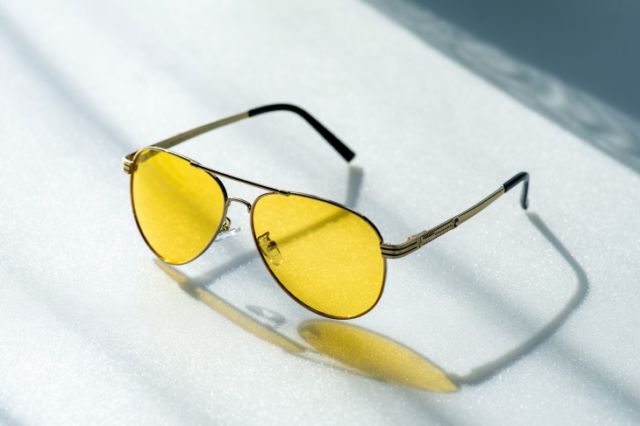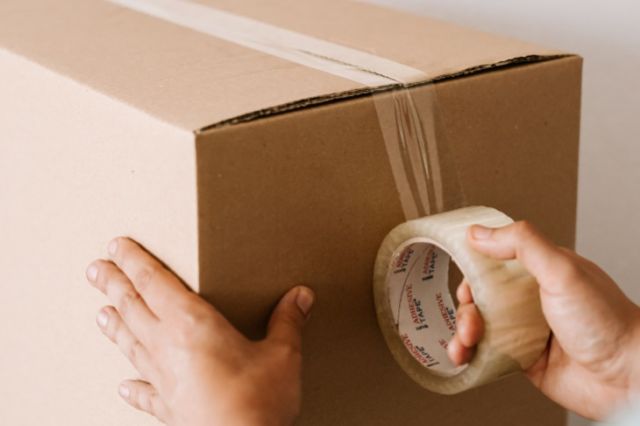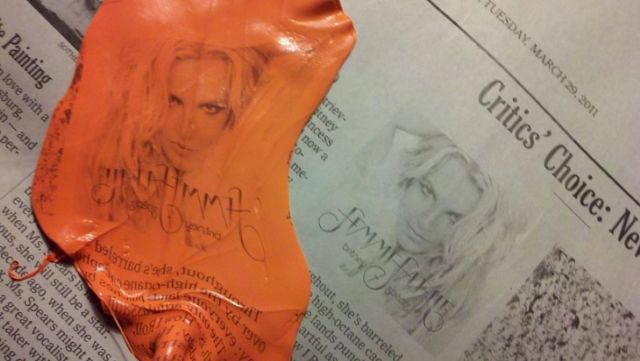From jeeps to drones, there are a number of now-widespread inventions that clearly have military origins. But even if you’ve got neither of those two luxuries, we’re willing to bet that there’s still a good amount of military tech in your refrigerator, bathroom, and pocket. Look around your home, and you’ll surely find a handful of these items that were originally developed for the armed forces.
Super glue

This household staple was invented in 1942 by chemist Harry Coover. During World War II, he worked with compounds called cyanoacrylates in an effort to create a clear plastic material for the production of precision gunsights for Allied troops. The research was scrapped because cyanoacrylates were incredibly sticky.
However, in 1951, Coover found a new use for cyanoacrylates as an adhesive and patented his invention. In 1958, Coover began marketing it under the name “Eastman 910,” and it later became known as “Super Glue.” This popular adhesive was also famously used to stop bleeding and seal up open wounds during the Vietnam War.
Aviator sunglasses

Today, aviator sunglasses are a classic fashion item. But unlike other shapes of sunglasses, aviators were initially meant to be worn under headgear. The first aviator model called “US Army Air Corps D-1 Sunglasses” was designed by the American Optical company for the military in 1935.
The tear-shaped sunglasses were designed to offer full coverage of the eyes and protect the eyes of pilots from the sun. At first, aviator sunglasses were not available for civilians. But in 1939, the company Bausch & Lomb started selling glasses to the public under the patent “Ray-Ban Aviator,” a name that may ring a bell.
EpiPen

No larger than a magic marker, this life-saving tool is one many allergy sufferers will recognize. That’s because the EpiPen is used in people at risk of anaphylactic shock, a medical emergency that arises as a result of a severe allergic reaction. The epinephrine autoinjector, or EpiPen, is administered with a quick shot into the outer thigh. You push a button, and the spring-loaded plunger launches a hollow needle into the muscle, rapidly providing a dose of life-saving epinephrine.
This type of mechanism was first developed in the Cold War era for soldiers to self-inject an antidote to nerve gas. In the 1970s, Sheldon Kaplan realized the pen could be adapted to deliver epinephrine and prevent anaphylactic shock. Kaplan was posthumously inducted into the National Inventors Hall of Fame in 2016.
Duct tape

Duct tape is another household item that finds its beginnings in the military kit. Adhesive tape was invented by Vesta Stoudt, a mom from Illinois who had two sons serving in the Navy. In 1943, Stoudt was packing her sons’ boxes of ammunition and noticed they were sealed with paper tape dipped in wax.
The flimsy paper tape often made opening the box difficult. So Stoudt found a solution – waterproof cloth tape that could seal the box and be much sturdier. She sent a letter to President Franklin D. Roosevelt detailing the issue and her solution. Quite impressed, the president forwarded her idea to the War Production Board, and soon duct tape was born.
Silly putty

This stretchy, gooey substance wouldn’t exist if it wasn’t for World War II rubber shortages. The year was 1943, and in an attempt to create synthetic rubber, engineer James Wright, who worked at General Electric in New Haven, Connecticut, discovered an unusual new substance. Upon combining boric acid with silicone oil, an extremely stretchy yet bouncy gob of goo was formed.
As fascinating as it was, however, the substance had no practical military use. So Wright began searching for alternative uses. He even distributed samples. In 1949, one of the samples made its way to Ruth Fallgatter, a toy store owner. Together with Peter Hodgson, an advertising consultant, the goo was packaged up into plastic cases and sold for $2 a pop under the name “bouncing putty.” Hodgson later started selling the toy on his own, under the name “silly putty.” And the rest is history.



